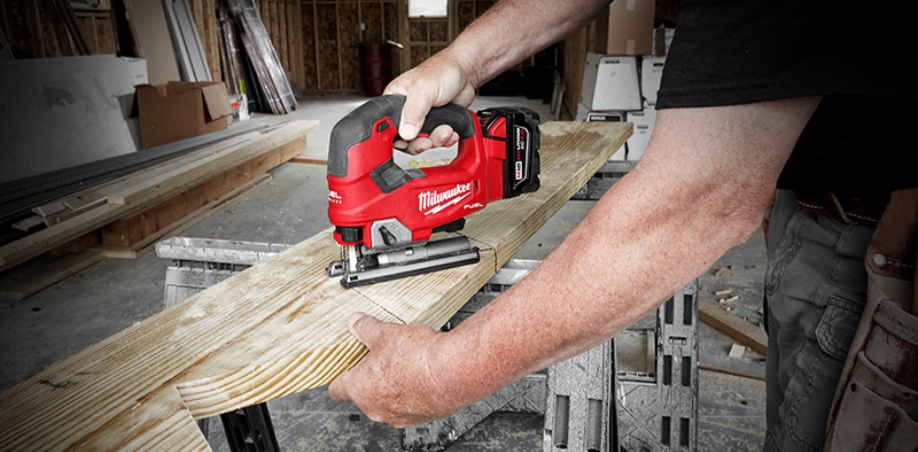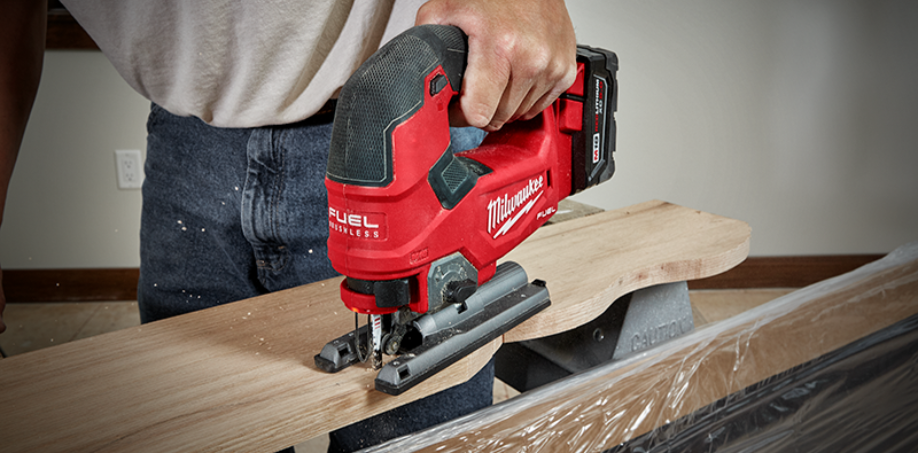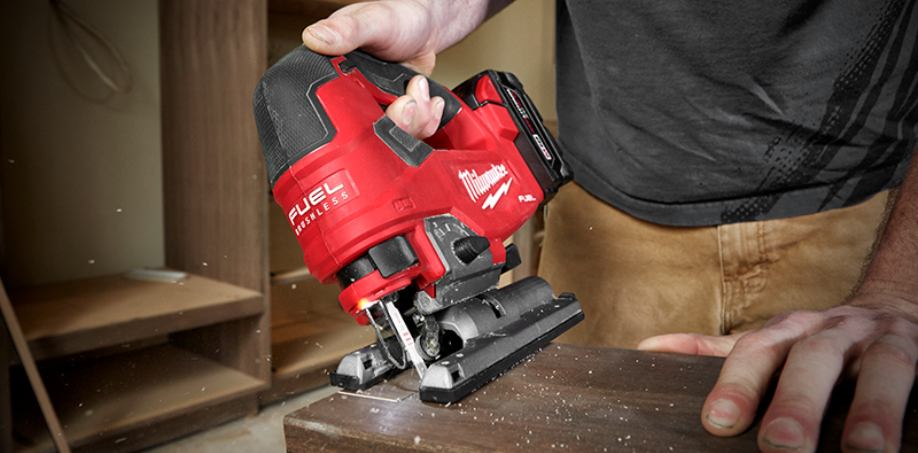How to Use a Jigsaw
When it comes to making precise and intricate cuts in wood, metal, plastic, or other materials, a jigsaw is the perfect tool. Whether you’re tackling a home improvement project or crafting custom furniture, understanding how to properly use a jigsaw can elevate your work to the next level. In this guide, we’ll explore what a jigsaw is, what it’s used for, how to use it effectively, and provide tips to help you get the best results from this versatile power tool.
What is a Jigsaw?
A jigsaw is a type of power saw that utilizes a straight, vertical blade to make cutting motions. The blade moves up and down in a reciprocating motion, and this unique action enables the saw to make straight, curved, or angular cuts in a variety of materials. Jigsaws are often used for tasks requiring intricate, detailed cuts such as scrollwork, pattern cuts, or curved designs.
While many saws rely on a blade that moves in a fixed motion (like circular saws or table saws), the jig saw’s vertical blade motion is what gives it the ability to make versatile, tight turns and curves. This makes the jig saw an excellent choice for cutting out shapes, bevels, and curves that other saws can’t handle with the same level of precision.
How to Use a Jigsaw
Using a jigsaw is relatively easy, but it does require a steady hand and some basic knowledge of its features. Here’s a step-by-step guide on how to use a jig saw properly:
1. Prepare Your Workspace: Before you start cutting, make sure your workspace is clean and clutter-free. Secure the material you’re cutting on a sturdy surface, like a workbench or table. If you're cutting large sheets of material, it may be beneficial to have an extra pair of hands to help hold the material steady.
2. Select the Right Blade: Jigsaw blades come in various types, each designed for different materials and cutting tasks. For wood, choose a blade with a coarse tooth pattern, while finer blades are best for cutting metal, plastic, or other delicate materials. Make sure to select the right blade size and type for your project.
3. Adjust the Settings: Many modern jigsaws allow users to adjust the speed settings for different materials. A slower speed is ideal for precision cutting, while a faster speed is suitable for rough cuts. Additionally, if your jig saw allows for bevel cuts, adjust the base angle accordingly.
4. Safety First: Always wear the appropriate safety gear, including goggles and hearing protection. Ensure the blade is securely installed and that the saw is plugged in or fully charged before turning it on.
5. Start Cutting: To make a straight cut, align the blade with the line or pattern you want to cut. Hold the saw firmly with both hands, keeping your arms straight and your body aligned with the cutting line. For curved cuts, take your time and move the saw slowly, guiding it along the curve as you go. If necessary, use a pencil or chalk to mark a guideline to follow.
6. Control the Saw's Movement: Let the saw do the work, and avoid applying excessive pressure. Pushing too hard can cause the saw to bind or produce an uneven cut. If you’re cutting a curve, take your time to make gradual turns. You may need to make multiple passes for tight or intricate cuts.
7. Finishing Up: Once you’ve completed the cut, turn off the saw and let it come to a complete stop before setting it down. Check your cut to ensure that it matches the desired shape and depth. If necessary, use a sanding block or file to smooth rough edges.

What is a Jigsaw Used For?
Jigsaws are incredibly versatile tools that can be used for a wide range of cutting applications. Here are some of the most common uses for a jigsaw:
Cutting Curves and Shapes: Jigsaws excel at cutting curves and intricate shapes in materials like wood, plastic, and metal. Whether you need to create a circle for a table top or intricate patterns for a craft project, the flexibility of a jigsaw makes it easy to follow complex cutting lines.
Making Straight Cuts: While jigsaws are best known for their curved cuts, they can also make straight cuts with the right technique. By using a guide rail or clamp, you can achieve precise straight lines in wood, laminate, and even metal.
Crosscuts and Rip Cuts in Wood: A jigsaw can be used to perform both crosscuts (cuts against the grain) and rip cuts (cuts with the grain) in wooden boards. For smaller tasks that require fine, straight cuts, a jigsaw can be a more convenient option compared to larger saws.
Cutting Angles and Bevels: Many jigsaw models feature an adjustable base that allows the blade to tilt to different angles. This makes it possible to cut bevels and angles with ease, a feature commonly used in trim work, furniture making, and carpentry projects.
Cutting Thin Metal, PVC and Other Materials: With the right blade, a jigsaw can cut through a range of materials beyond wood. It is often used for cutting thin sheets of metal, plastic piping, drywall, and even fiberglass. While it may not be the best option for thick metal, it is perfect for cutting thin, soft metals.
Creating Holes: A jigsaw is often used to create starter holes or cutouts in larger pieces of material. For example, when installing a sink or creating an opening for electrical outlets, you can use a jigsaw to carve out a precise hole without damaging the surrounding material.

A jigsaw is one of the most versatile tools in any workshop, capable of making curved, straight, and angled cuts in a wide variety of materials. Whether you're a DIY enthusiast, a professional contractor, or a woodworker, a jigsaw can help you accomplish a range of tasks with precision and ease. By understanding how to select the right blade, adjust settings for different materials, and properly use the saw, you’ll be able to maximize the capabilities of your jigsaw and produce quality cuts every time. If you are in need of a new jigsaw, give our team a call at 877-446-4352.



